But, my wonderful Swedish cousin brought me to a famous linen weaving shop, not too far from his home. I bought this lovely table mat above and got to see weaving in action ... the old fashioned way and using modern machines.
The Swedish royal family get their table cloths and napkins from here.
Visit their website ... you can even buy on line, if you want!
You can even buy the linen thread if you are a weaver. Here is their description of the yarn. Almost every Swede I met spoke excellent English, but sometimes it just comes out funny sounding.
YARN
Now we also sell yarn for you that weaves by your self.
Each barrel has about 100 g flax 17.
I wish I could get yarn that weaves by myself ...
Damask - weaving fit for a prince
The artistic weaving technique known as damask is said to have first been created in Damascus, from where it has also derived its name. It was the fabric woven for the fine clothing of princes and for purely decorative purposes. Today, damask is still regarded as one of the most elegant woven cloths.
To cultivate, dress, spin and weave linen is an ancient art in Sweden, but the art of weaving patterned linen was hardly known here before the seventeenth century. Though, of course, the "hey-day" of lovers of beautiful things tempted skilful weavers here too. Queen Hedvig Eleonora ordered a large amount of tablecloths and napkins from some weavers in Stockholm in the year of 1696. This ensured that the Swedish linen damask industry got properly underway.
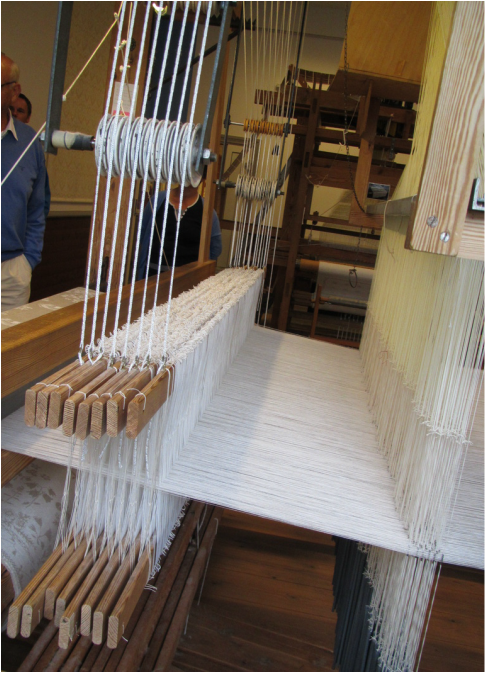
The cards control these strings and weights that lift up different groups of the warp treads (lengthwise threads) and then the shuttle is passed through the space created.
Little by little the pattern emerges.
These machines work on the same basic principles as the hand loom, but faster ... much faster!

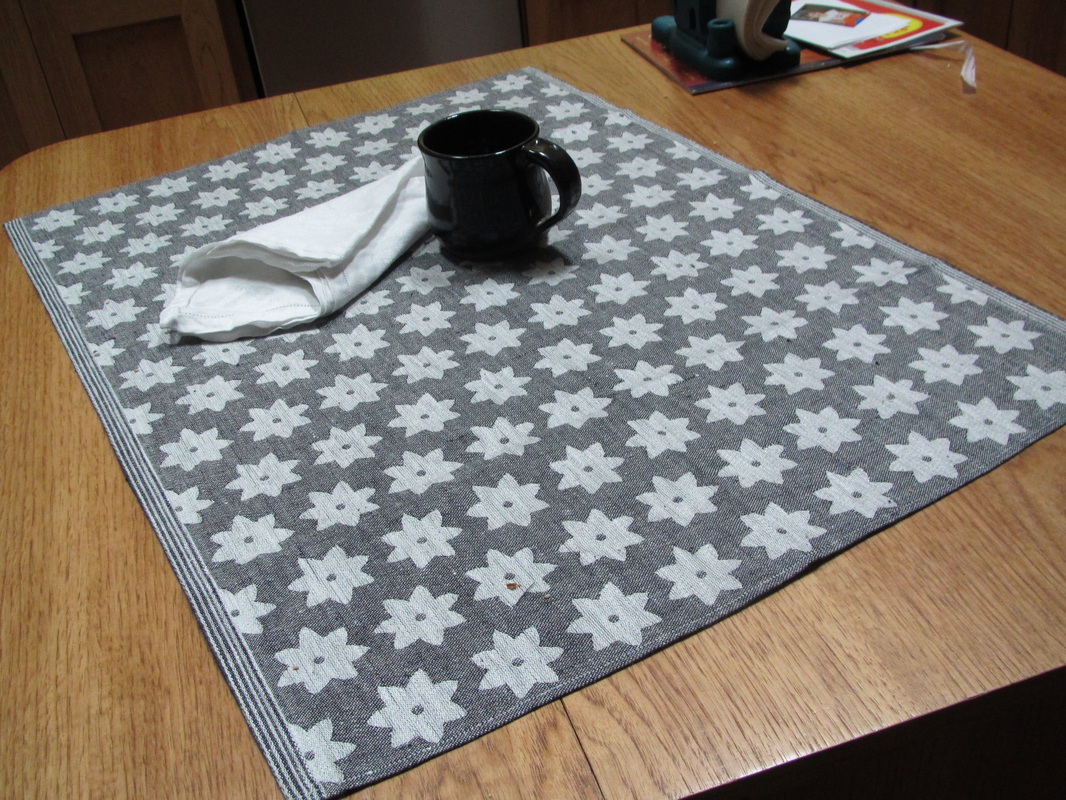
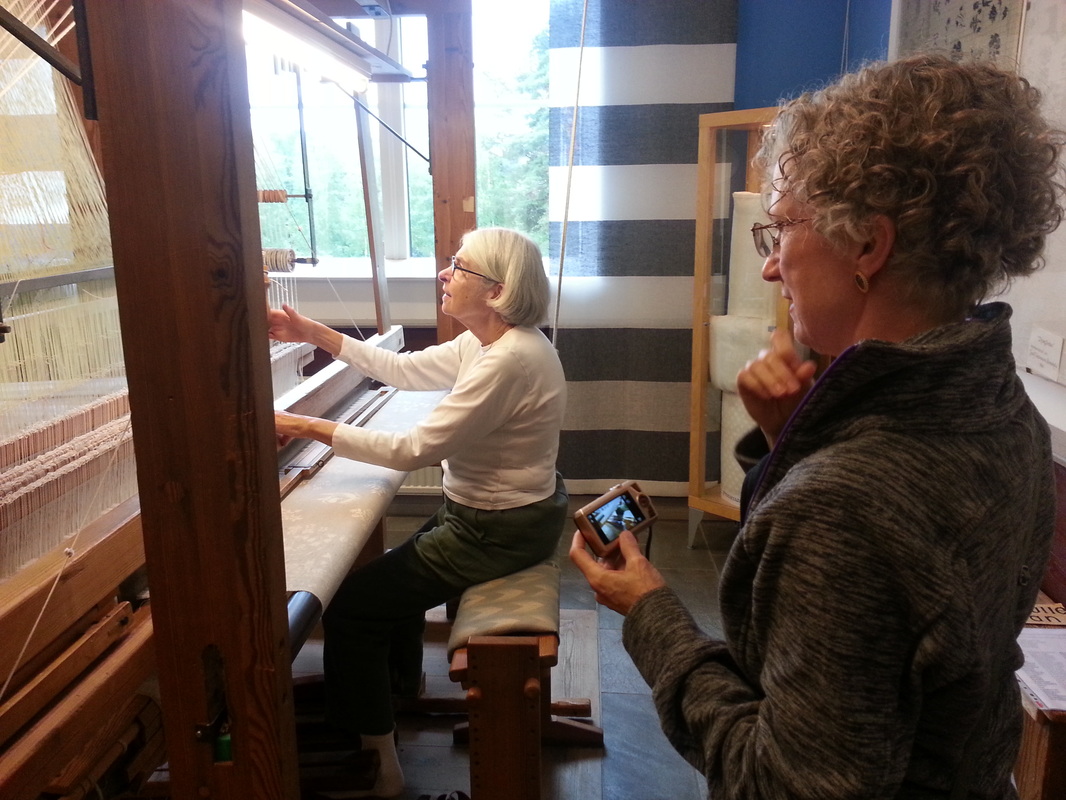
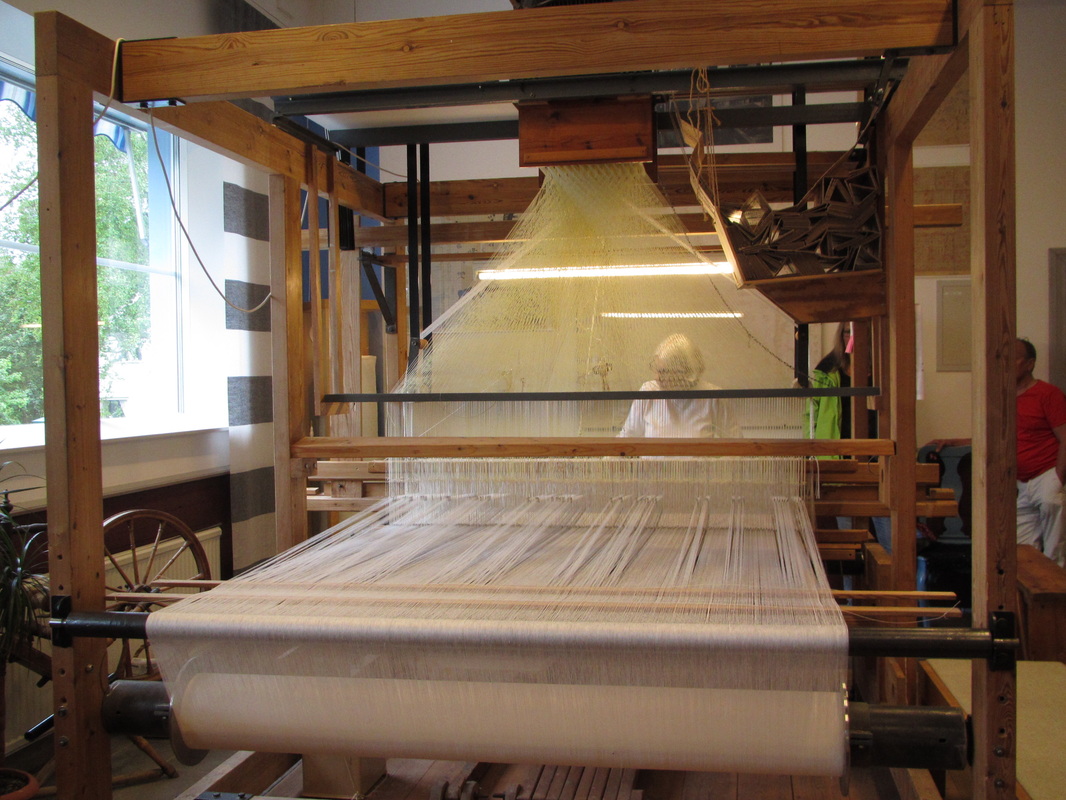
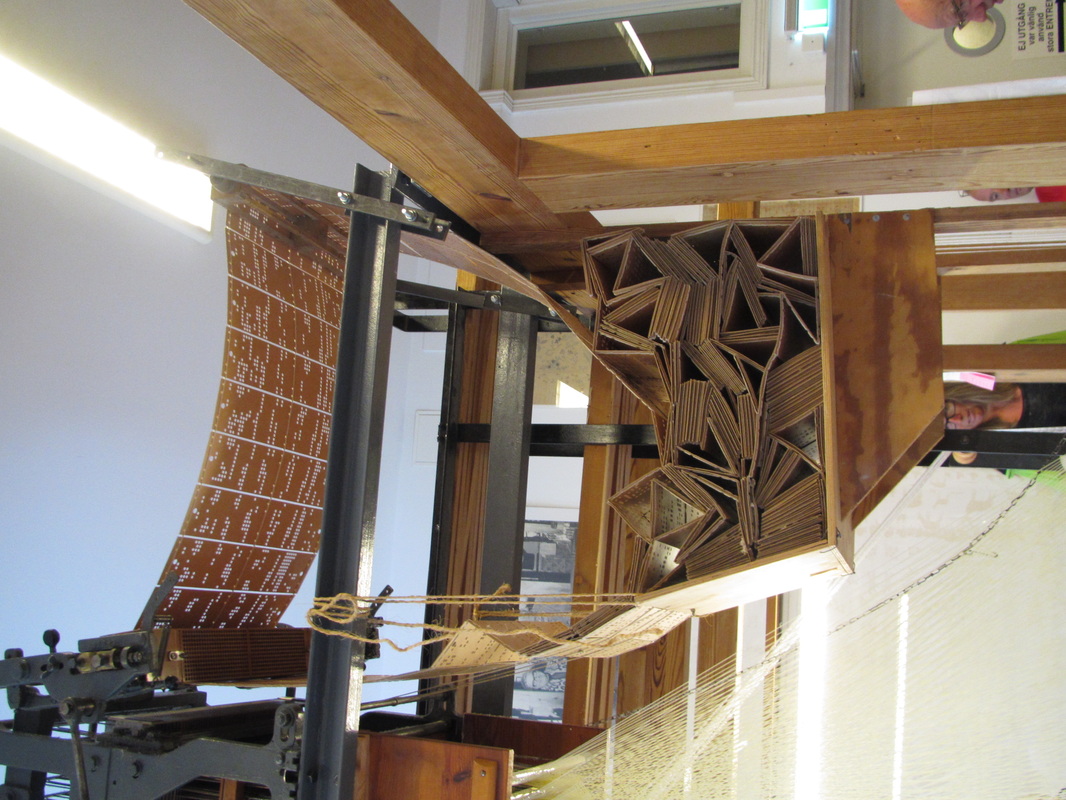
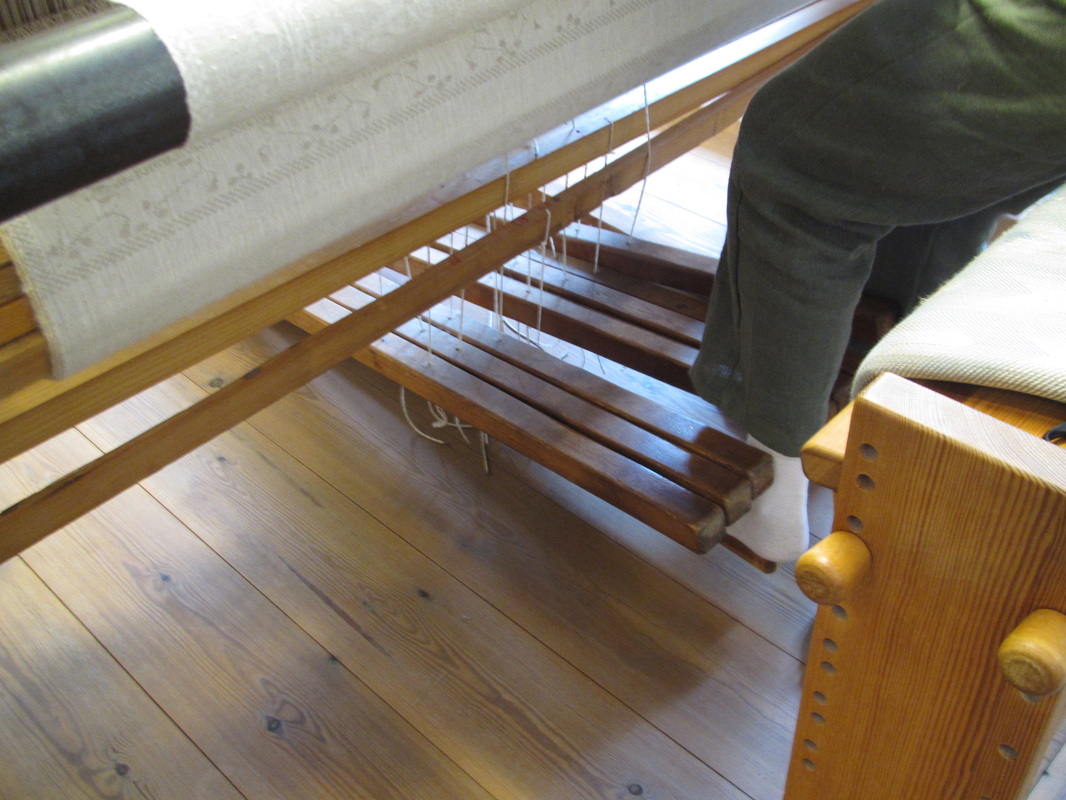
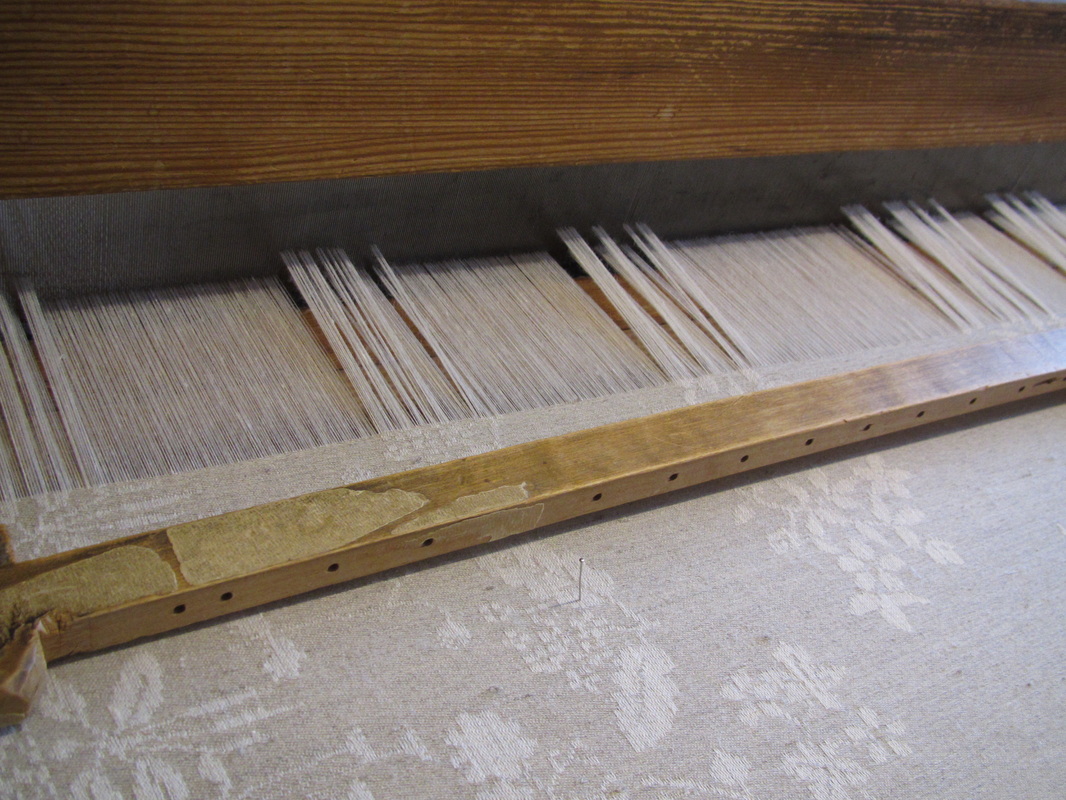
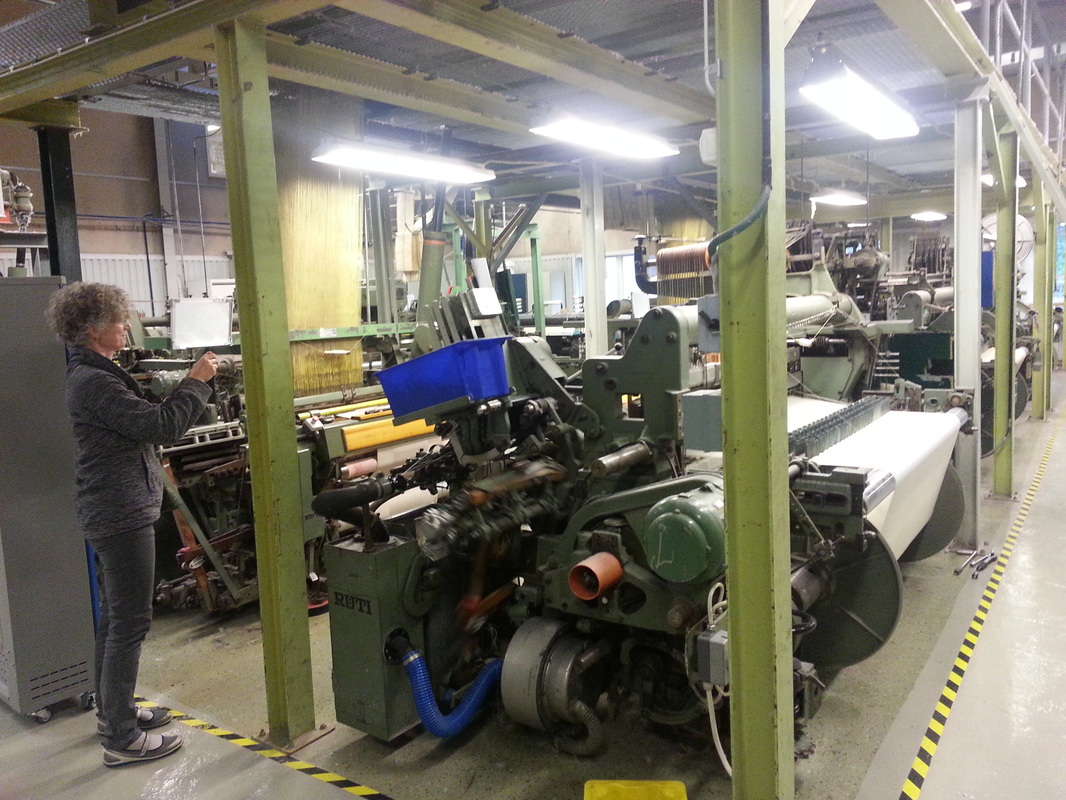
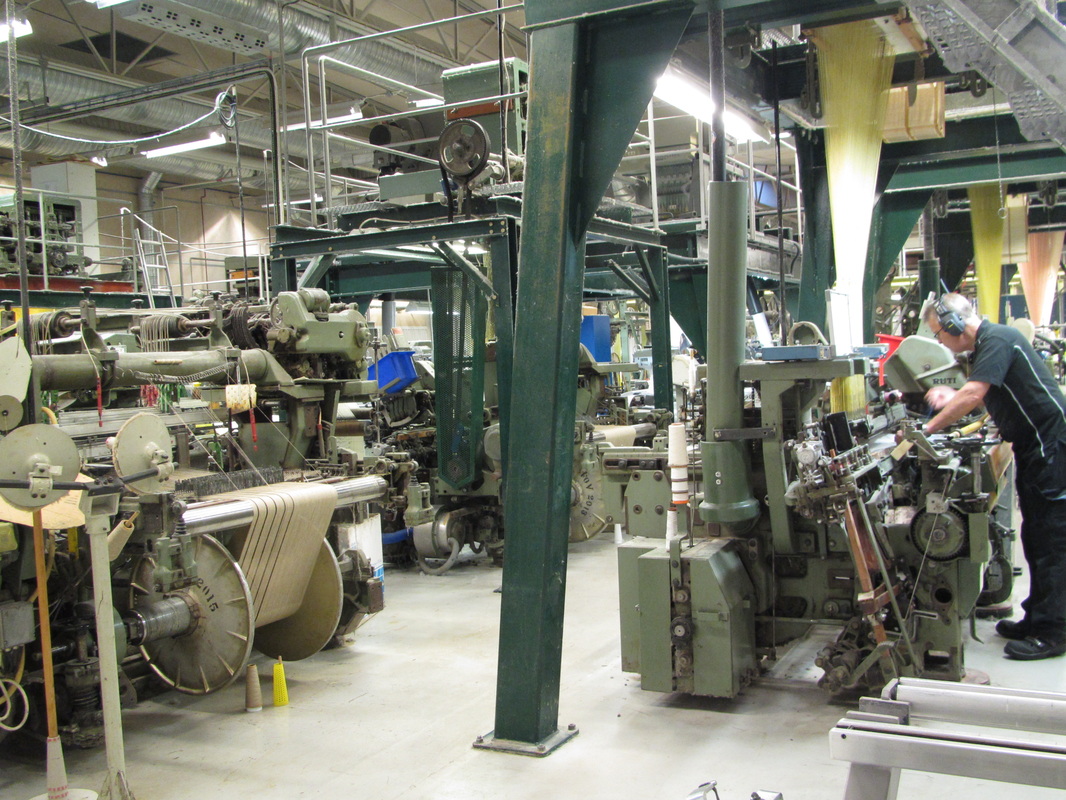
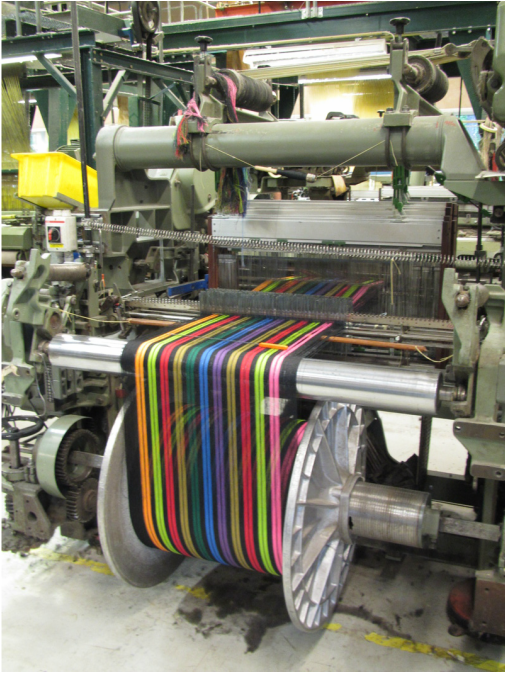
 RSS Feed
RSS Feed